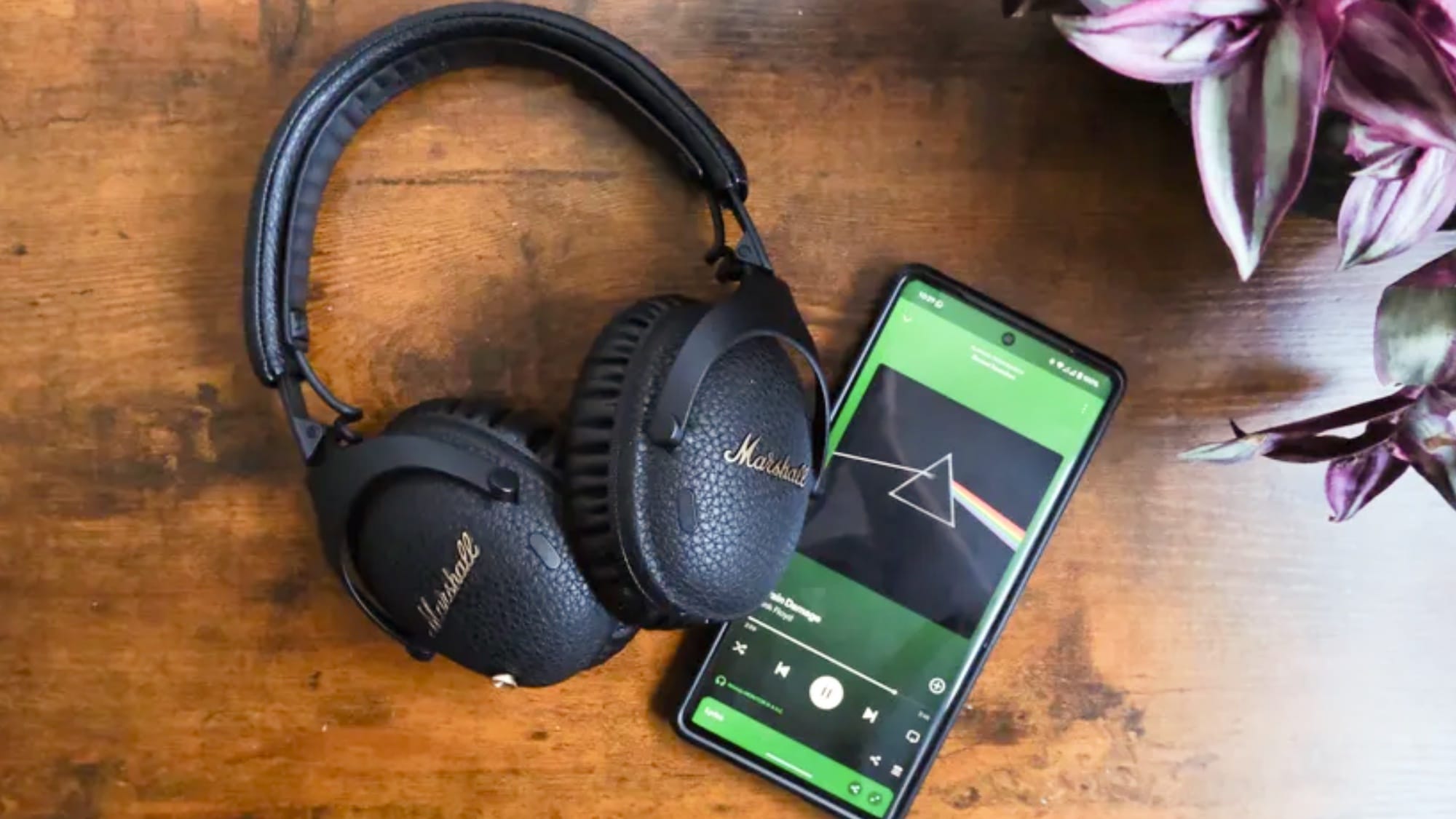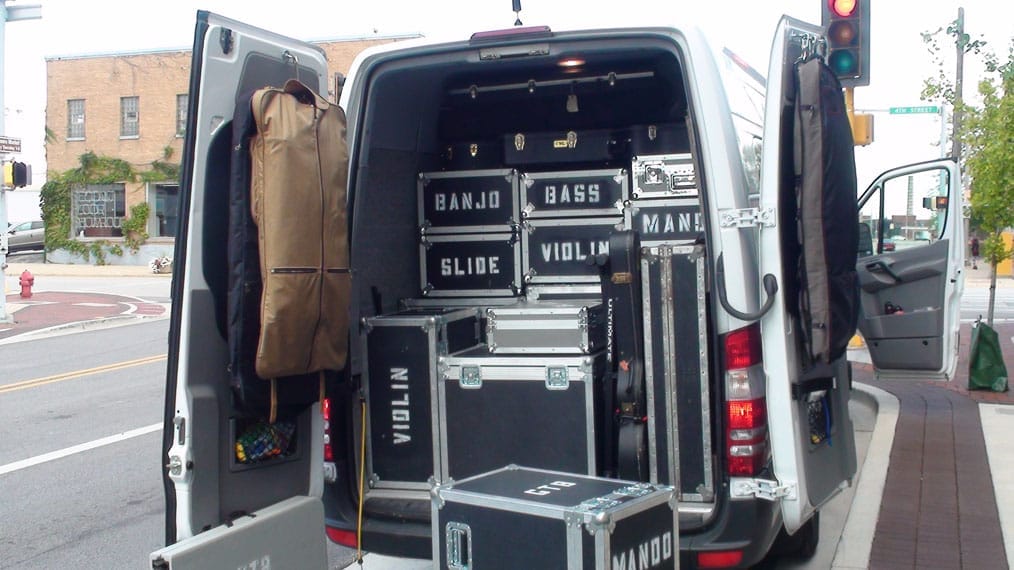🛣️ Why Tour Planning Matters
For indie musicians, touring isn’t just about playing shows - it’s about building community and turning casual listeners into real fans. Hitting the road is one of the most effective ways to grow, but if you don’t plan properly, a tour can drain your wallet, your energy, and your motivation.
I’ve been there: sleeping on floors, driving six hours to play for five people, and realizing I forgot to bring enough strings. But I’ve also been on tours where everything clicked because we had a plan. That’s why I put together this tour planning checklist for indie musicians. Whether you’re booking five shows in your region or hitting 20 cities nationwide, this list will help you stay organized and focused.
✅ Tour Planning Checklist for Indie Musicians
1. Define Your Goals
Before you even look at a map, figure out why you’re touring.
- Are you trying to break into new markets or strengthen existing ones?
- Is the focus exposure, profit, or a mix of both?
- How many shows can you realistically play with your current resources?
Pro Tip: Don’t bite off more than you can chew. For early tours, stick to regional loops (3-6 hours between cities). You’ll save money, avoid burnout, and still grow your fanbase.
2. Budget & Finances
Touring is expensive if you don’t run the numbers first.
- Gas & Travel: Calculate total mileage and current gas prices.
- Lodging: Decide between hotels, couches, or the van.
- Food: Even $20-40 per day adds up quickly.
- Merch: Shirts, CDs, stickers - this is often your biggest profit source.
- Emergency Fund: Put aside 10-15% for breakdowns or last-minute changes.
Pro Tip: Always plan for merch to cover gaps. Without merch, most indie tours lose money.
3. Routing & Scheduling
Your route makes or breaks your budget.
- Avoid backtracking - it kills time and money.
- Keep drives under 6-7 hours when possible.
- Anchor your route around cities where you already have fans.
- Schedule at least one rest day per week.
Pro Tip: Use tools like Google Maps or even routing software to plan efficient circuits.
4. Venue & Booking
This is where most indie artists struggle - but it doesn’t have to be overwhelming.
- Focus on 100-300 cap venues that actually feel full when you bring 50-100 people.
- Don’t overlook non-traditional spaces like coffee shops, breweries, or DIY spaces.
- Platforms like Qoncert make finding and booking shows way easier.
- Always confirm the basics: load-in time, set length, payout structure, and merch policy.
Checklist:
- Date held in writing
- Venue contact saved
- Sound provided / confirmed
- Merch table approved
5. Promotion & Marketing
Don’t assume the venue will promote your show - make noise yourself.
- Design a promo kit (flyer, social graphics, press blurb).
- Coordinate with local artists on the bill for cross-promotion.
- Submit your shows to local event calendars, blogs, and college radio.
- Encourage fans to bring a friend. Word-of-mouth is king.
Pro Tip: Treat every city like it’s your hometown - build community, not just attendance.
6. Logistics & Gear
Organization keeps your tour from falling apart.
- Pack a tour survival kit: extension cords, gaff tape, strings, batteries, first-aid kit.
- Backup your set and tracks in multiple places.
- Assign roles: who handles merch, who drives, who manages money.
7. Health & Wellness
If you’re sick, broke, and exhausted, your shows will suffer.
- Prioritize sleep when you can.
- Drink water and stretch daily.
- Eat balanced meals instead of gas station food when possible.
- Take downtime seriously - you’re not a machine.
8. Post-Show Follow-Up
The tour doesn’t end when you leave the venue.
- Collect emails or socials from fans at every show.
- Thank venues and promoters personally - relationships matter.
- Track your income and expenses to refine the next run.
🎶 Case Study: Building a Profitable Tour
When I first started touring, I thought I had to play every city in the country to “make it.” I burned through gas money and ended up losing more than I made. Then I switched strategies: I focused on 8 regional cities, played to 50–80 people per night, and sold $700 worth of merch. That small run ended up profitable - not because of ticket guarantees, but because we planned the route smart, kept expenses lean, and treated merch like a business.
Artists like JayDubbThaRuler (Colorado Springs) have had similar wins. He focused on his hometown, built momentum, and then used that energy to expand into nearby cities. Planning is what makes growth possible.
📥 Free Download: Tour Planning Checklist (PDF)
We’ve turned this post into a downloadable checklist you can keep on your phone or print out.
🚀 Final Thoughts
Touring doesn’t have to feel like chaos. With a plan, you’ll save money, grow your audience, and actually enjoy the ride.
👉 Ready to book your next show? Start with Qoncert - and take the first step toward your own successful tour.












Discussion